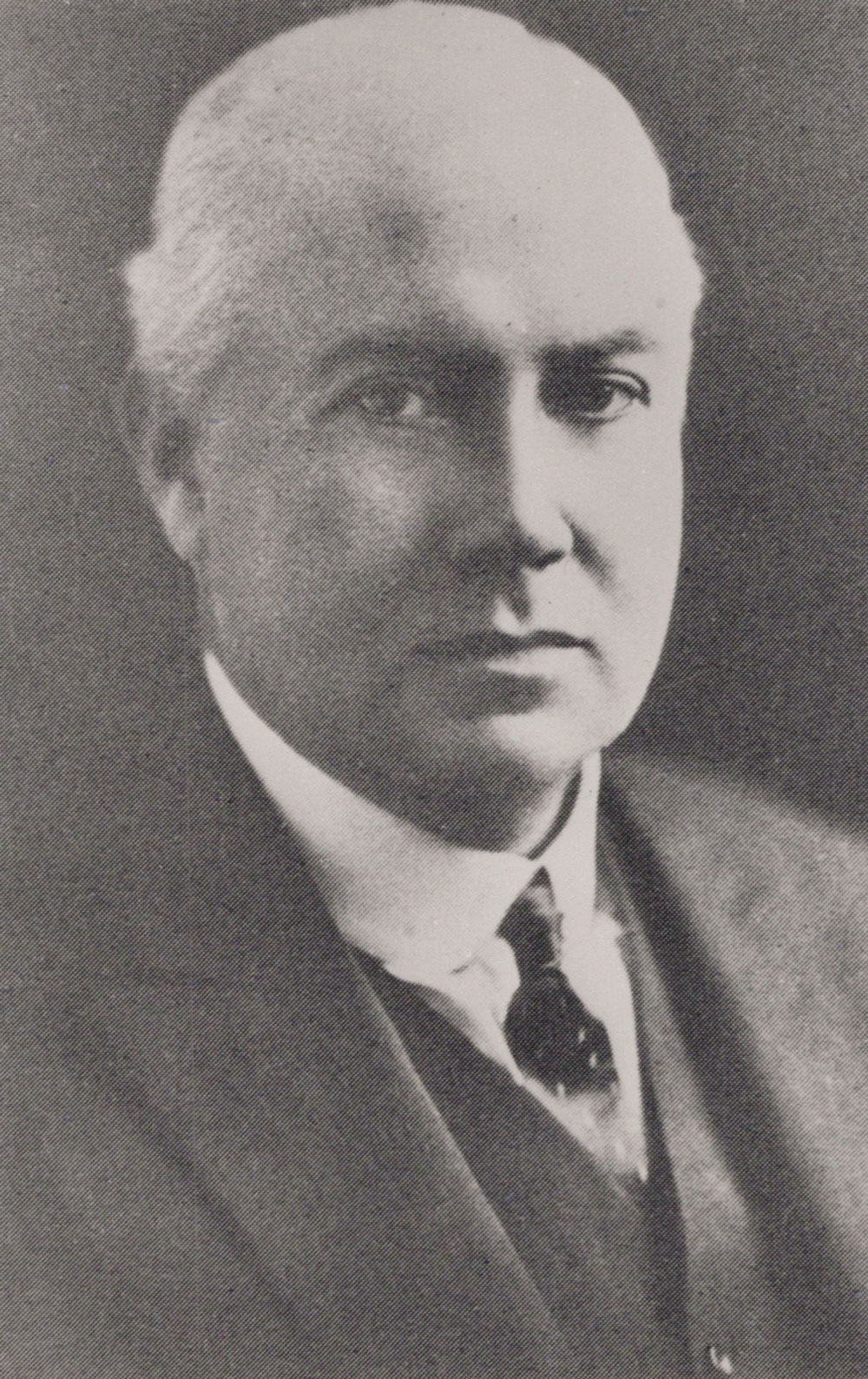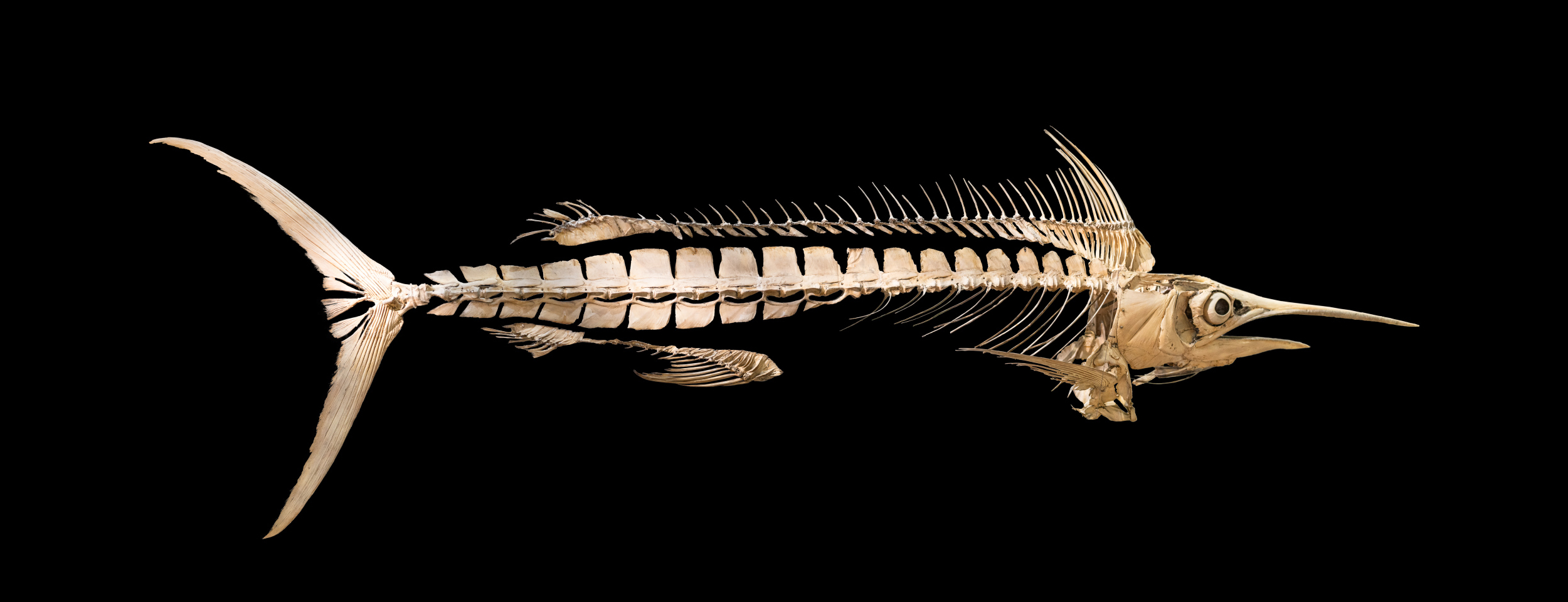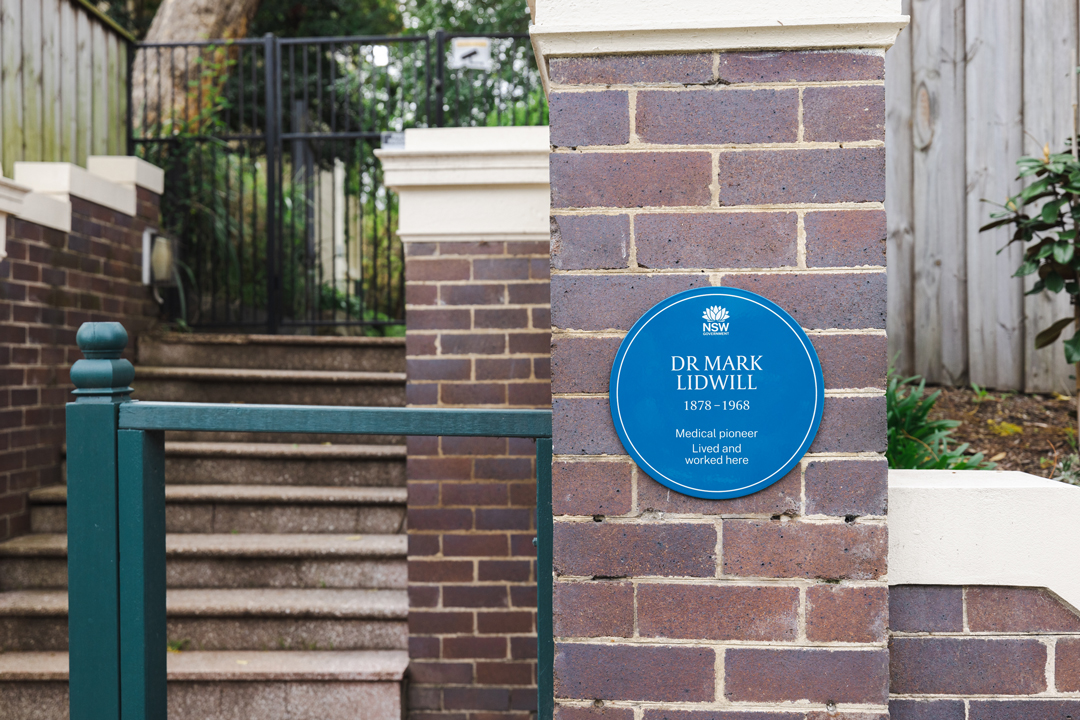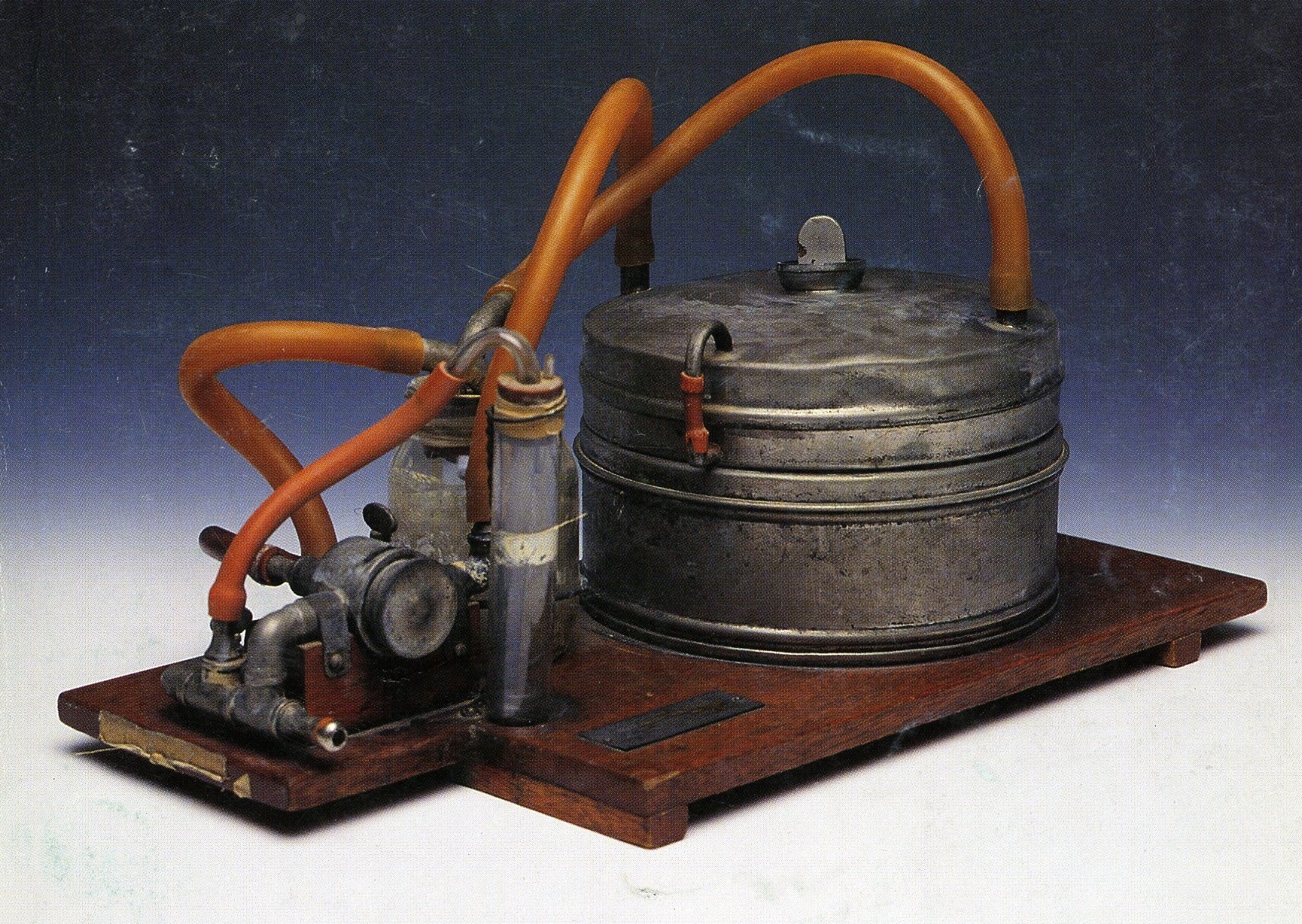Location
Arden Anglican School, 63 Beecroft Road, Beecroft NSW 2119
Beecroft is on the lands of the Wallumedegal people of the Eora Nation.
Accessibility
Wheelchair accessible
About Dr Mark Lidwill
Dr Mark Cowley Lidwill was an Australian medical pioneer who started his career as a general practitioner at Cook House (then called 'Lorne'), Beecroft, in the leafy northern suburbs of Sydney.
Mark invented the world's first cardiac pacemaker after discovering electricity could be used to set the pace of the human heart. The device was first used successfully in 1928 to resuscitate a newborn baby. Since then, this miracle of medical technology has saved innumerable lives.
He also invented a portable machine to induce anaesthesia, which became a widely accepted part of hospital practice.

Portrait of Dr Mark Lidwill
The early days in Australia
Mark Cowley Lidwill was born in Cheltenham in the United Kingdom, migrating with his family to Melbourne in 1894. He studied medicine at the University of Melbourne, graduating as a doctor before moving to Sydney.
In 1908, Mark built Lorne, a 2-storey residence in Beecroft that also housed his general practice. After receiving an honorary degree from the University of Sydney, he became the Faculty of Medicine’s first lecturer in anaesthetics. He was also appointed an honorary assistant physician and the first tutor in anaesthetics at the Royal Prince Alfred Hospital.
Medical 'miracles'
In 1913, Mark invented a portable machine for anaesthesia, the Lidwill inter-tracheal anaesthetic machine. Patented in 1921, the device was used in Australian hospitals for more than 3 decades.
Yet a further, even more significant, invention was to come. On discovering that electricity could be used to stimulate the heart, Mark and physicist Edgar H Booth devised a portable apparatus that was able to ‘pace’ the heart rate at about 80 to 120 pulses per minute.
The machine was first used the following year to resuscitate a newborn baby.
Mark demonstrated a simplified version at the third Australasian Medical Congress in 1929. The Sydney Morning Herald reported:
A remarkable electrical device to stimulate the action of the heart after a person has been dead, or supposed to be dead, for several minutes was one of the subjects of discussion ... The instrument was perfected by Dr Lidwill, the prominent Sydney heart specialist. By its aid a stillborn child was brought to life at a Sydney maternity hospital after stimulation by the machine for about 15 minutes.
Despite this success, Mark did not proceed to further develop the technology due to the complexity of the machine.
Although the device was intended for resuscitation rather than long-term heart pacing, it was almost certainly the first pacemaker used successfully on a human patient.
Mark was recognised with an Honorary Fellowship from the Faculty of Anaesthetists of the Royal Australasian College of Surgeons and retired in 1960.

The black marlin (Istiompax indica) caught by Dr Lidwill and his boatman, Dick Waterson, 1913
Other noteworthy achievements
In addition to his achievements in medical technology, Mark was also a famous angler. In 1913, he became the first person on record to catch a black marlin using a rod and reel. It weighed over 30 kilograms. The world-renowned skeleton of Mark's black marlin is on permanent display at the Australian Museum.
An enduring legacy
Today, the Mark Cowley Lidwill Foundation supports scientific research and developments in cardiac electrophysiology, undertaken at the Mark Cowley Lidwill Laboratory. The facility is part of the world-leading Victor Chang Cardiac Research Institute.
References
McGrouther M (25 March 2020) World's first black marlin caught on rod and reel, Australian Museum website, accessed 20 June 2025.


